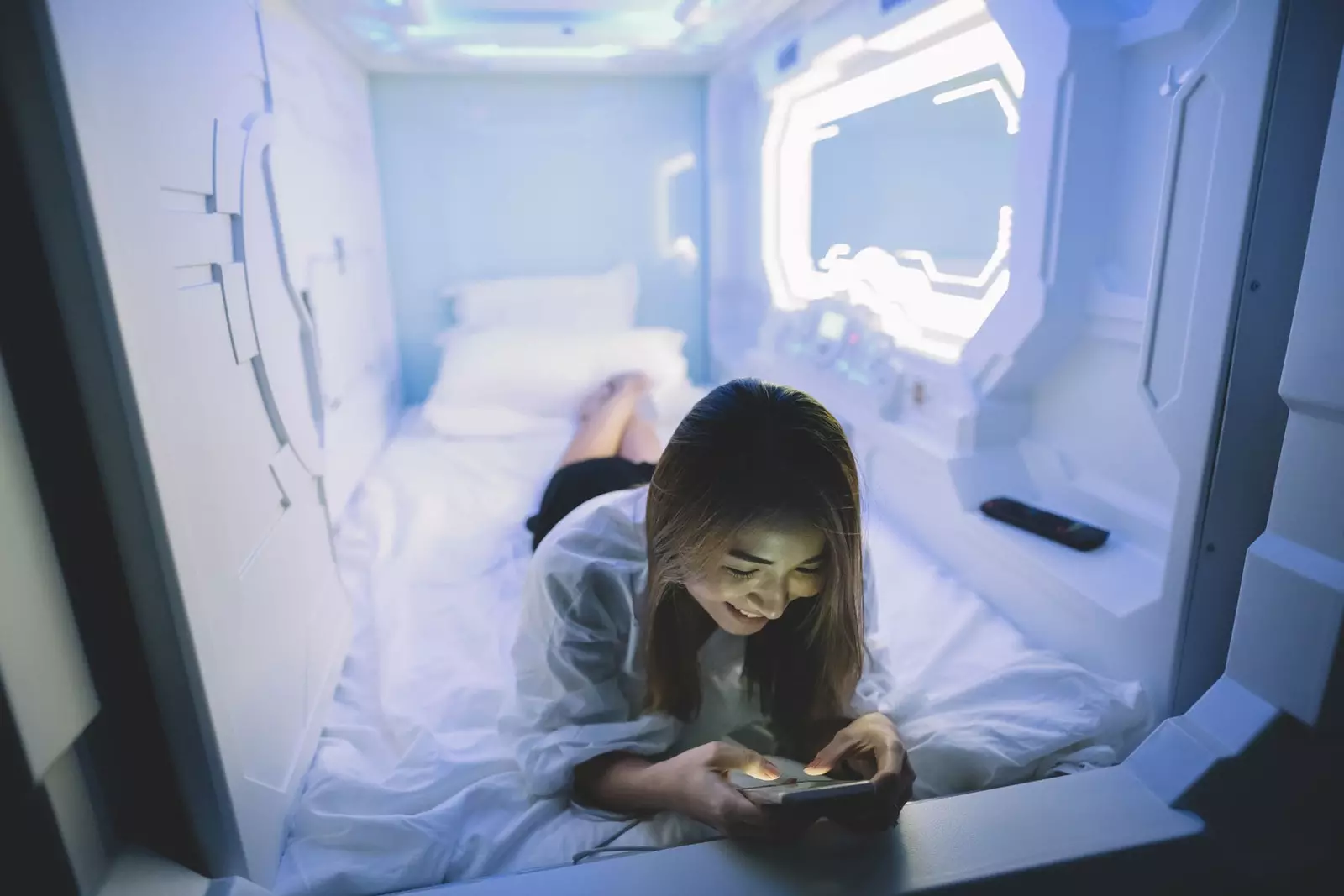
One of the most notable pros is usually its price, which is around 35 euros per night
The space problem in Japan is a reality. In Tokyo alone, its capital, more than 9 million people live. That's not counting all those who travel to the city.
To problems, solutions. It will not be difficult for you to find buildings in which the first floor is a shop, the second a hairdresser, the third a karaoke and the fourth a restaurant. They make the most of every millimeter to be able to accommodate each and every one of their proposals.
However, what happens when reduced space is extrapolated to hotels? Hotel chains in the country, such as Apa or Mitsui, have rooms of just 10-12 square meters. And although they supply it with courtesy Sisheido or Yakuta amenities (pajamas), space is still a problem.
And what about its famous capsule hotels? Staying in them one night, doing it more days... Let's break down the pros and cons of this type of accommodation.
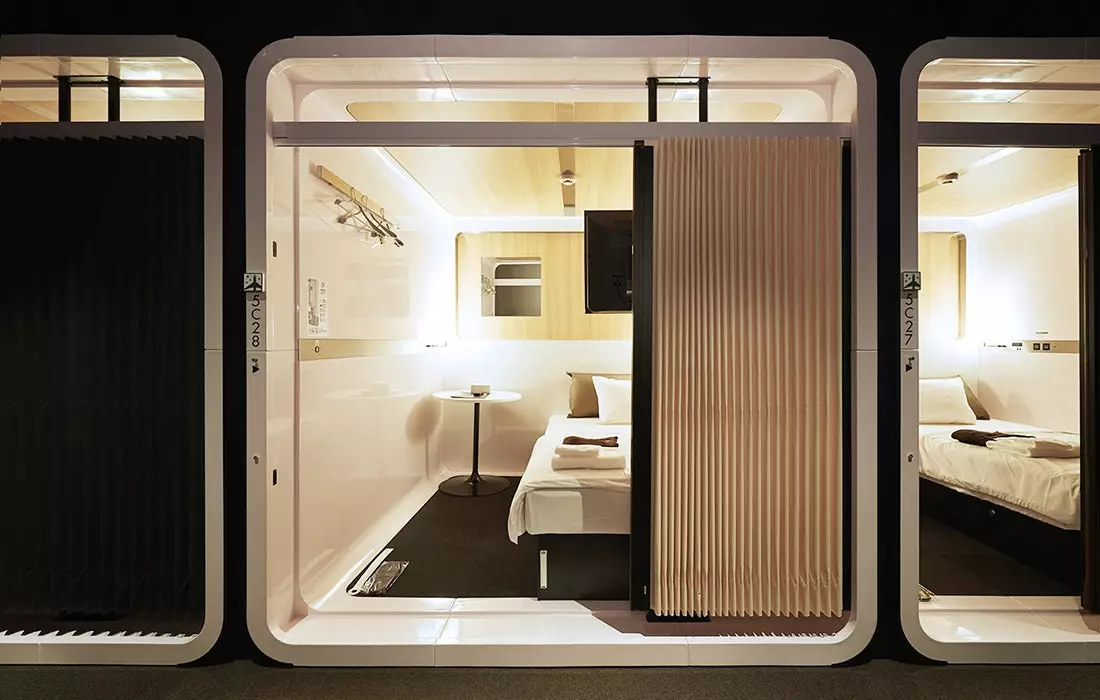
Shall we try?
But first, a little history. At the end of the 1960s, the miracle happened. After World War II, many of Japan's cities had been devastated. They had that ability to overcome and in just twenty years, become the second economic power in the world.
With this economic rebirth, the figure of the wage earner emerged, a worker who works practically all day and who completed his leisure spaces in izakayas or karaokes. Of course, they did not live in the big cities, but every morning, they arrived by train at epicenters such as Tokyo or Osaka.
Get off work, have a few beers, sing a few songs and oh! surprise, they had missed the last train on the way home. The solution? A hotel to spend the night. But could these hard workers afford something of great luxury? Not only a small comfortable space to recharge your batteries.
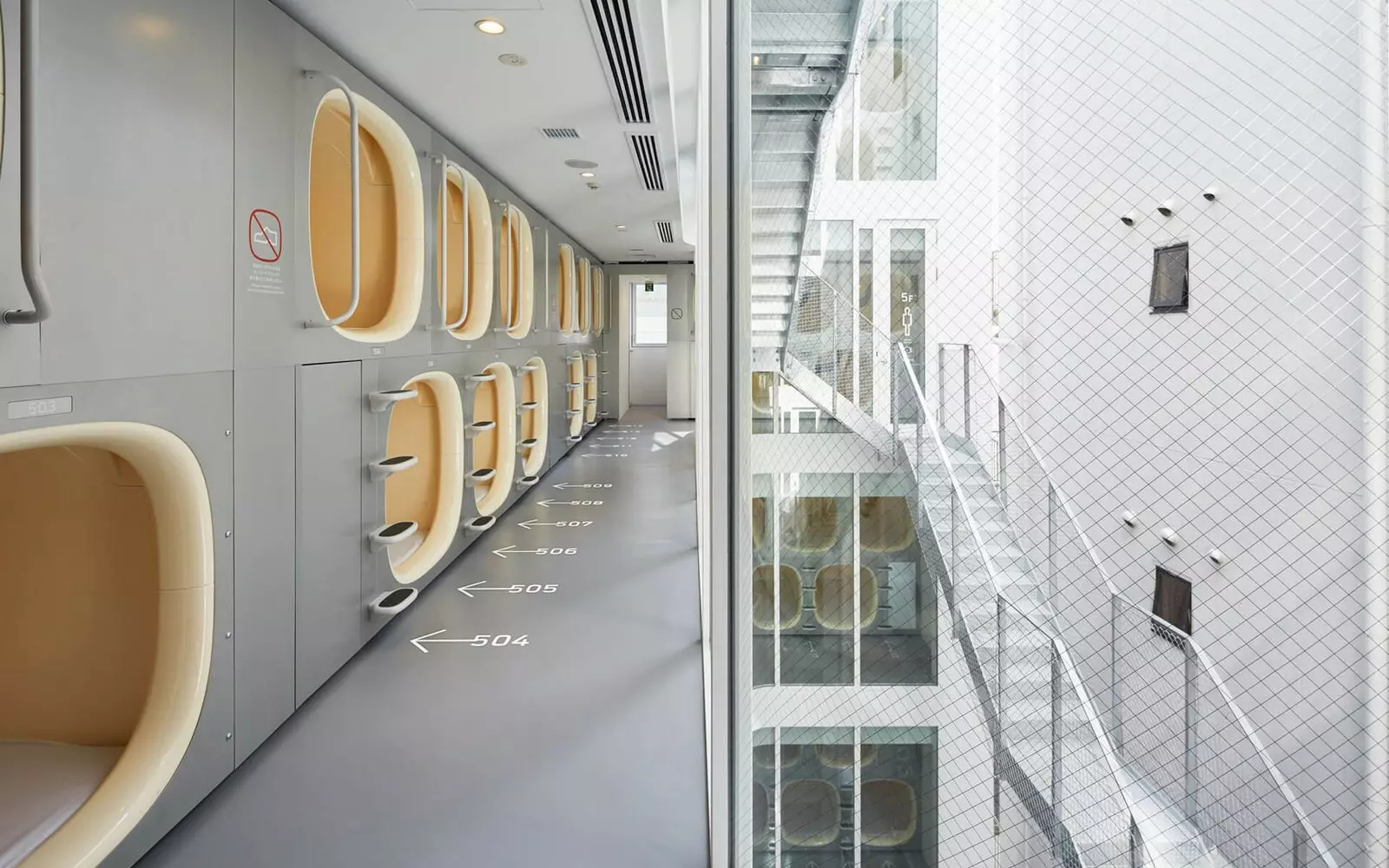
The pods close, but the light in the hallways stays on
So here comes the figure of Kisho Kurokawa, a famous Japanese architect who, in 1972, created the Nakagin Capsule Tower building in the Ginza district in Tokyo, thus becoming the father of capsule hotels. His intention of him? Accommodation for workers who spent the week in Tokyo.
Thus, in a 14-story building, he created a total of 140 capsules with a whole display of design. Each space measures 4 x 2.5 meters and consists of blocks attached to the structure by just four screws. As the genie from Aladdin's lamp would say "a tiny space to live".
But did this appeal to tired salarymen? Not too much, much more did it to design lovers. So in 1979, Kurokawa returned to the fray, this time with a successful capsule hotel in Osaka.
and so was born a whole movement, which now has more than 300 establishments throughout Japan, that today no longer house only workers, but travelers from all over.
They are not like any other accommodation, since they are individual capsules, like a mini hotel room, in which There is usually only one bed for one person, electricity, plugs and sometimes a small television. So, capsule hotels, yes or no?
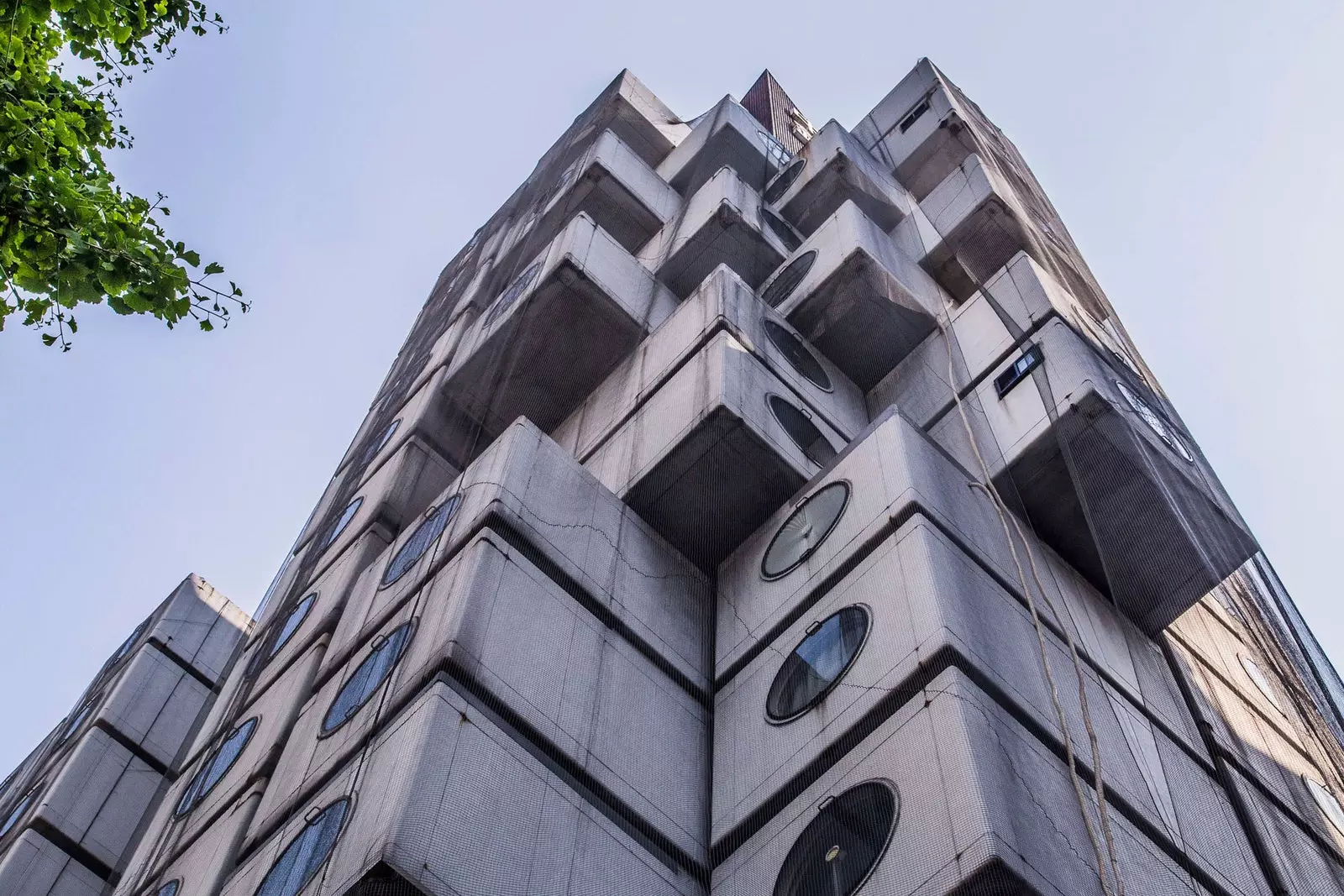
The Nakagin Capsule Tower, designed by architect Kisho Kurokawa
It depends, like everything in life. What to know before going? In addition to the aforementioned, the bathrooms in these hotels are shared, generally divided by sex and in some cases mixed. And let's not put our hands in our heads, because they are impeccable, If there is something that rules in Japan, it is the sense of cleanliness.
Upon check-in you will be given a key and a pod number. The key will be used for a locker where you can store your suitcase and personal effects, which are generally on the same floor where you have your little corner. Almost all of them have common spaces where you can relax, restaurants, bars, vending machines...
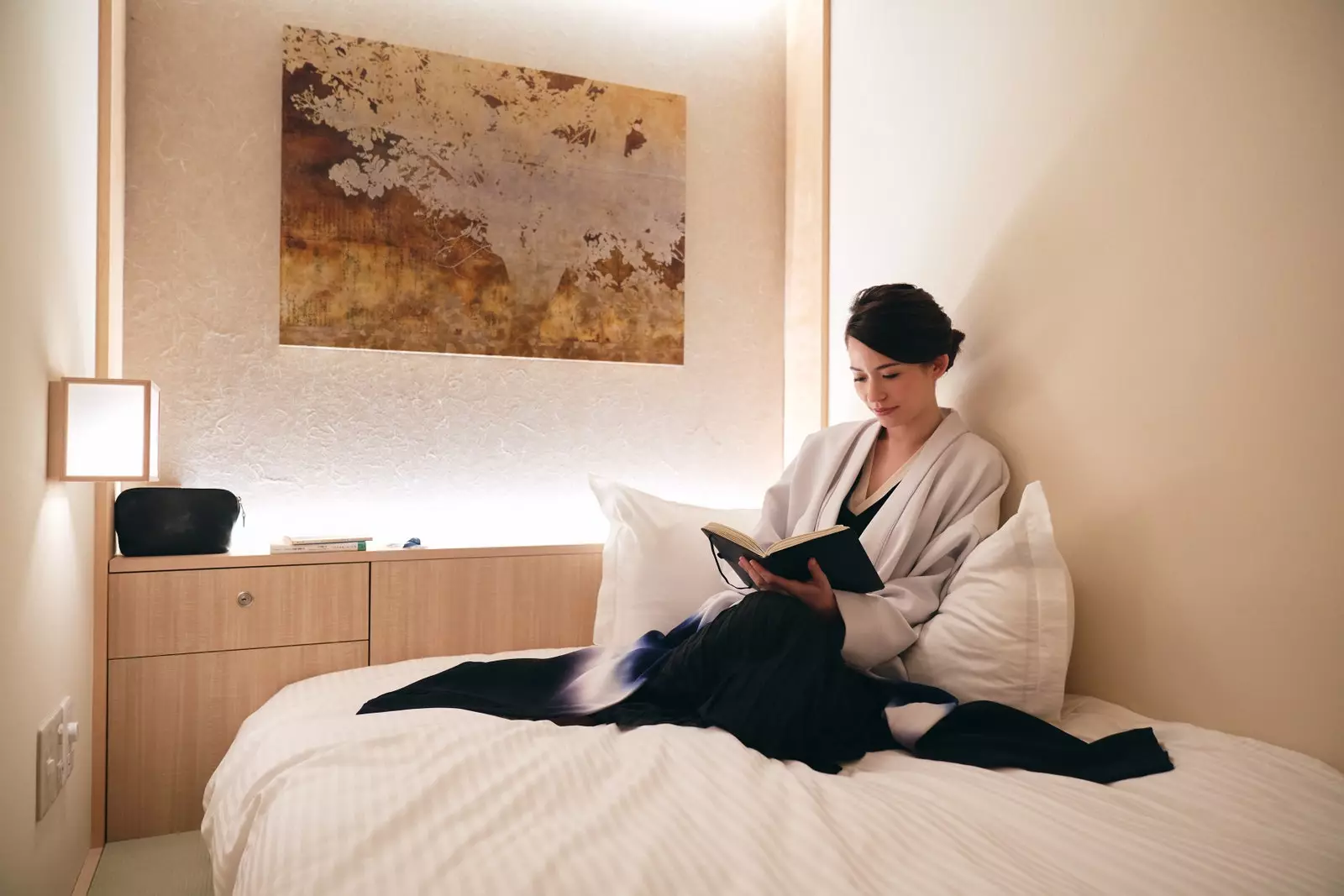
Are they a one night solution or can we spend a vacation in a small space?
Can you rest in a capsule hotel? Are they a one night solution or can we spend a vacation in a small space?
We have consulted with an expert, Dr. Vicente Mera, specialist doctor of the Sleep Unit at SHA Wellness Clinic and he warns us that the ideal conditions to sleep and rest are “complete darkness; cool room temperature (22.5ºC), silence or very soft chill out music; oriented bed with the headboard facing north; good ventilation –no drafts–; Freshly laundered and pressed cotton bed linen, if possible with a light lavender scent. hard mattress; but adaptable , with a pillow (not feather) that allows the head and body to be placed and maintained in the fetal position in lateral decubitus.”
Starting from the importance of sleep a minimum of 50 hours a week , as the doctor tells us, to improve all biological functions, Does a small space really affect sleep?
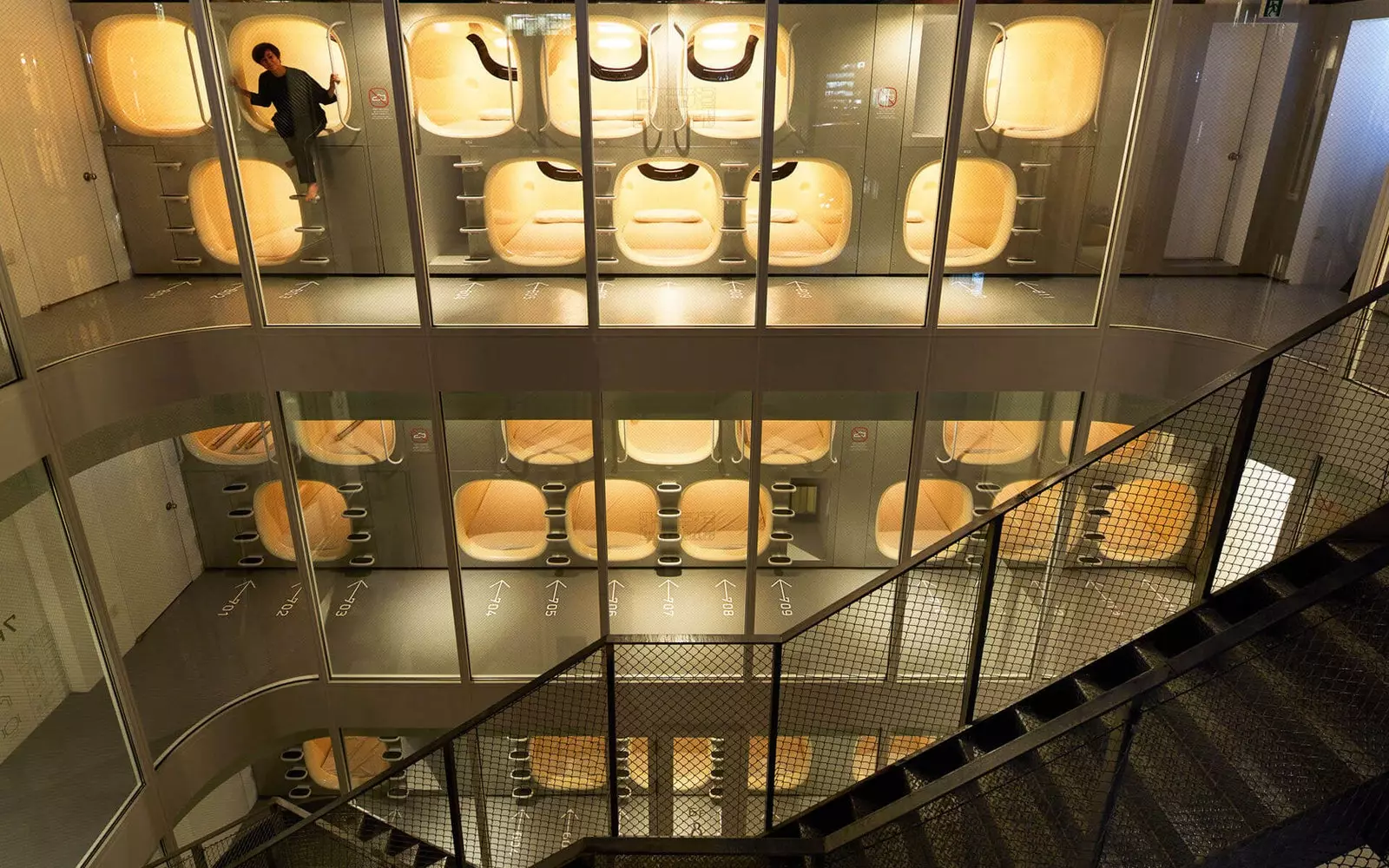
Capsule hotels, yes or no?
“The problem is not the space, but what affects the environment, that is: light, auditory and olfactory pollution. Thus, during sleep we must take into account that the space is minimally sufficient and without problems derived from noise, temperature, light and bad smells, "he continues explaining.
Good, the pods close, but the light in the corridors stays on and although they are usually extremely careful not to make noise, nobody knows if a heavy snorer will touch you in the next room.
For Dr. Vera, these hotels “are a solution for a single night. Sleeping in such a small space and surrounded by so many people is a unique experience; but almost always disappointing with respect to rest. It is by no means the best option for initiating/maintaining sleep,” she concludes.
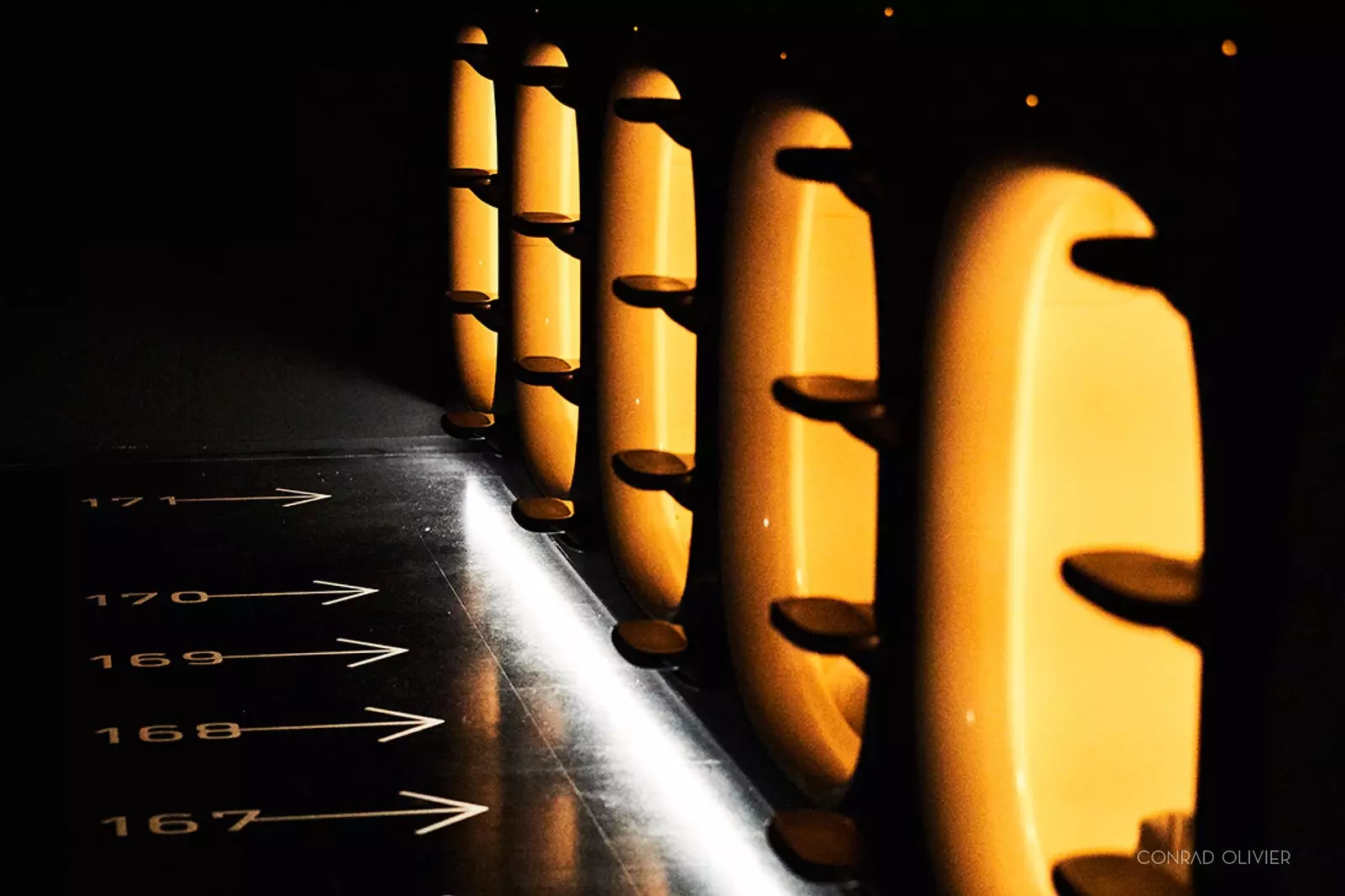
One of the most futuristic, present in cities like Tokyo, Sendai, Kyoto and even Narita airport
Shall we jump into the pool? Of course, they are to test them. Knowing the conditions, one of the most noteworthy pros is usually its price, which is around 35 euros per night , having them more expensive. What place can you find that offers you a clean bed and a shower in the morning for that price? Few.
The cons, on the other hand, would be the difficulty to rest, the little privacy and the noise. Which one to choose then?
There are extremes, like the 9H Nine Hours, present in cities like Tokyo, Sendai, Kyoto and even Narita airport, and which is probably one of the most futuristic, where rather it seems that you are going to rest in a space station or an embryonic capsule where to immerse yourself in a pleasant dream, with a space reduced to the maximum.
Others have small but attractive capsules, as in the case of ** Book and Bed , whose name says it all, books and beds.**
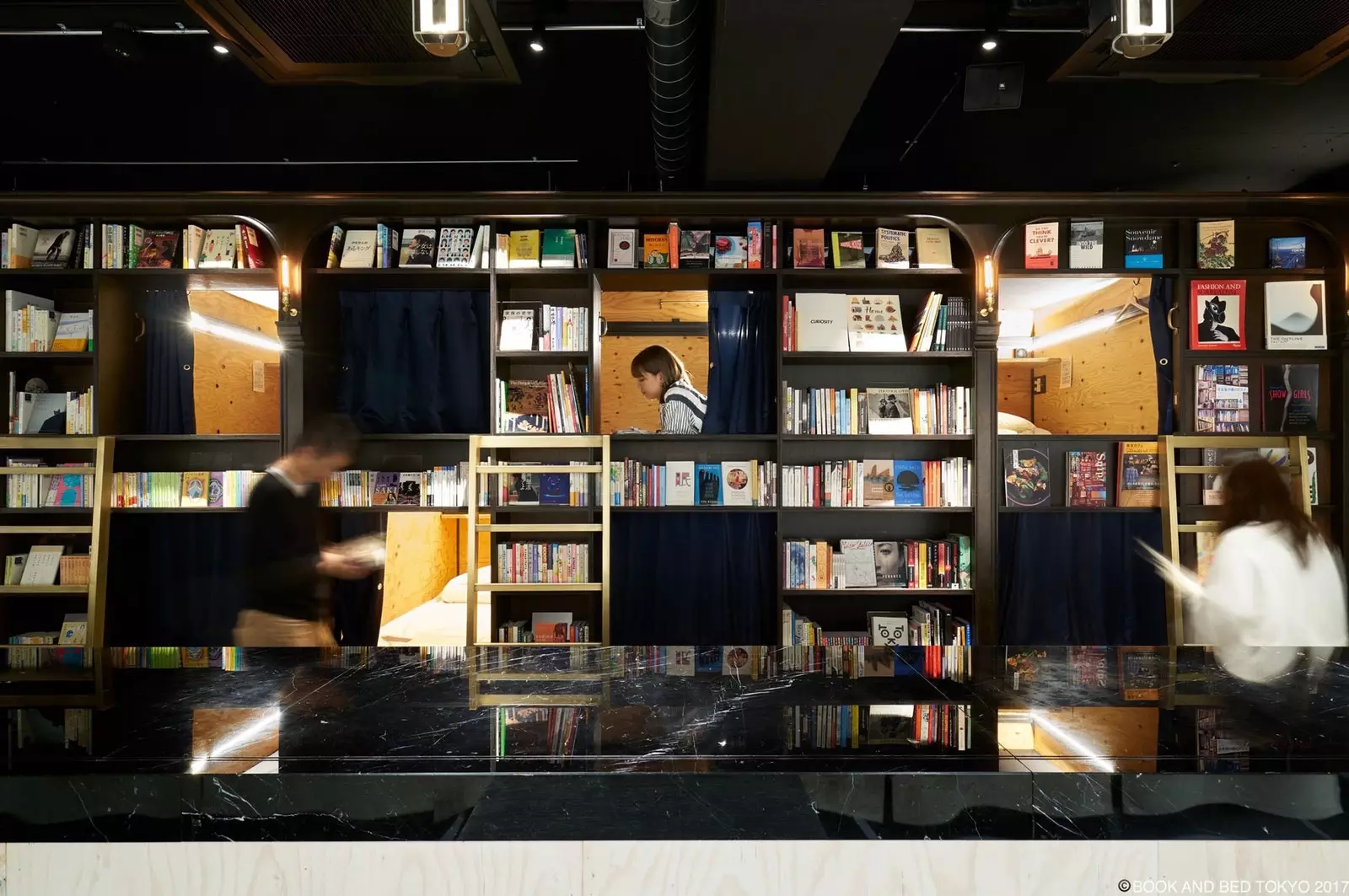
His name says it all, books and beds
Do not expect luxuries, intimacy, or mattresses to remember, just the experience that it entails sleep inside a library surrounded by its more than 1500 volumes in English and Japanese.
They started with a hotel in the Asakusa neighborhood of tokyo and now it is also in Kyoto and Fukuoka.
And of course, there are some where the line between capsule hotel and hostel is blurred. For example, ** First Cabin **, which, taking the world of aviation as its inspiration, is structured as if it were a premium cabin of a private jet, with first, business or premium class capsules , with capacity for up to five guests.
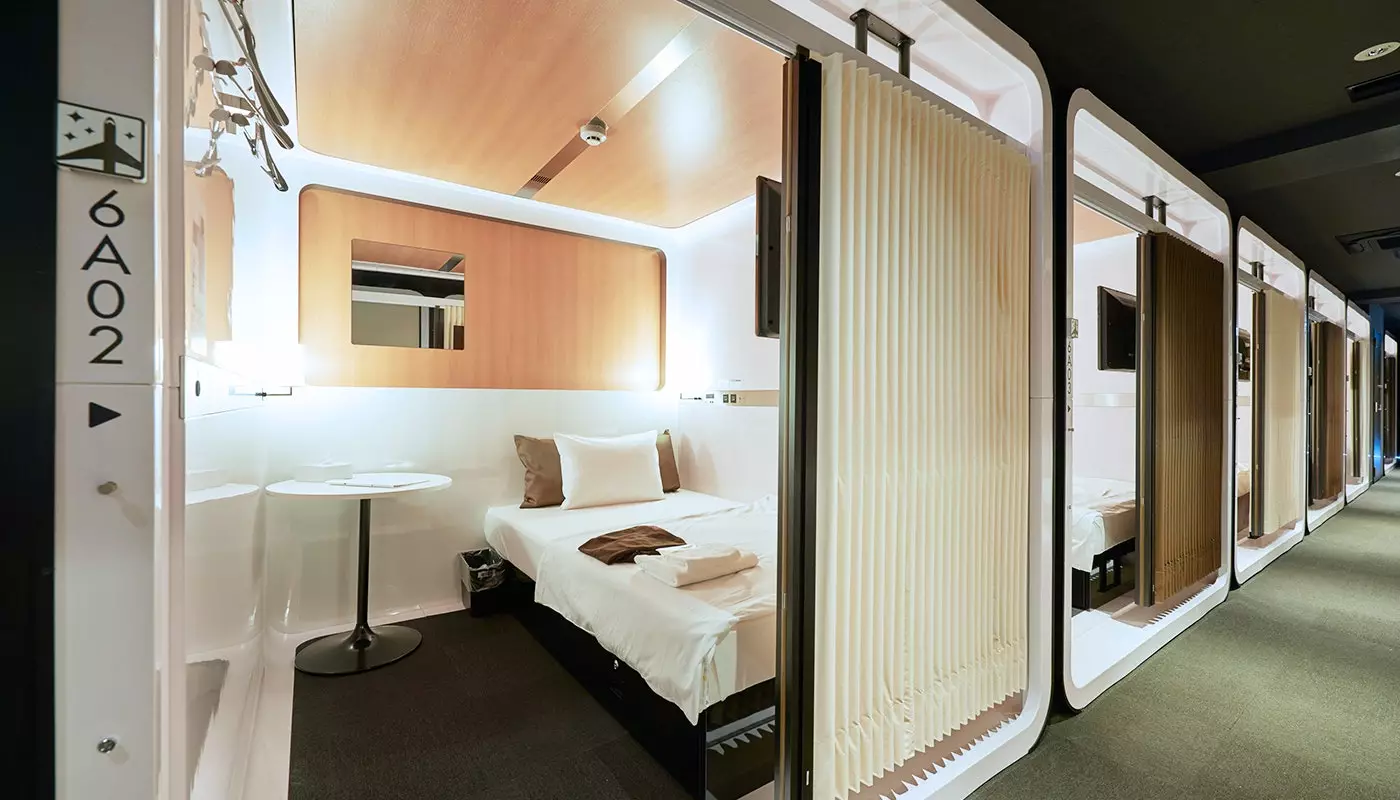
First, business or premium? What class do you sleep in?
One of the newest is the Zen Tokyo hotel. It opened its doors in April 2019 and did so as a luxury hotel, with Zen minimalism as its maxim. Inspired by the traditional 'tea house', the hotel takes the capsule experience to another level, with spaces and beds of the largest that you will find where 'less is more' reigns. Here they are no longer 90 or less, but semi-double beds of 120 cm.
With a total of 78 rooms, it has different categories of space, from the Standards, going by the sakura , with a tatami to stand on or the Ran , a small room with a window to the street. The mattresses are comfortable and state-of-the-art, and all feature pieces of traditional Japanese art, painted by local artists.
We are convinced, and you?
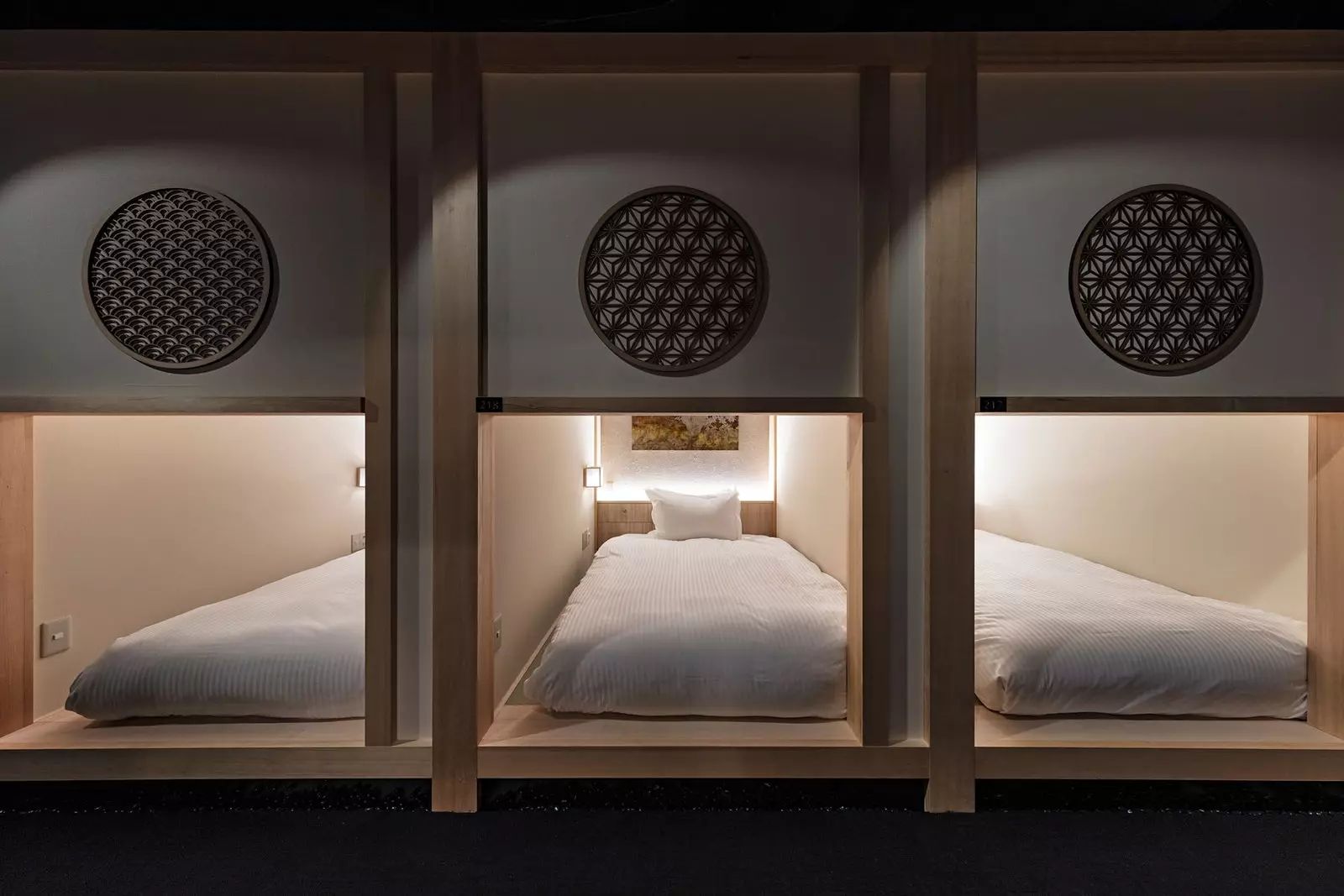
The Zen Tokyo hotel takes the capsule experience to another level
